We launched the Get BIG Series with a simple goal in mind -- to give you simple, no-nonsense training pointers and workouts to help you get bigger, stronger, and more resilient.
Leading off the series is the body part everyone loves to train -- CHEST.
The next entry in the Get BIG series of workouts focuses on helping you build up that body part you’ve likely been neglecting your entire lifting career -- LEGS.
We know training legs is hard (or at last it should be if you’re doing it right).
But, your grit, determination, and sweat equity will be rewarded with a pair of wheels that will put everyone else at the gym to shame.
LET’S GO!
Tips for Building Bigger, Stronger Legs
Go Deeper
We've all seen the gym bro who loads a ton of plates on the leg press or barbell and half reps his way through set after set, grunting, moaning, and groaning the whole way.
The ego is strong with these individuals, to the detriment of their muscles, joints, ligaments, and connective tissue.
Essentially, performing partial reps doesn't fully stimulate all the muscle fibers of the quads, glutes, and/or hamstrings.
Using a full range of motion engages the musculature of the lower body to a significantly greater degree than half-rep or quarter-rep squats.
Performing your exercises with a full range of motion also forces you to use less weight, which spares your low back, joints, ligaments, and connective tissue from unnecessary added stress.
Use a Variety of Rep Ranges
The legs (like every other muscle group in your body) contain a mix of fast-twitch and slow-twitch fibers, which means you should use a variety of rep ranges to maximally stimulate each type of muscle fiber.
Now, some exercises lend themselves better to lower rep ranges (back squats) while others lend themselves better to higher rep ranges (leg press, leg extension, leg curls, etc.).
Use a mix of both low and high rep ranges in your training to get the best of both worlds for greater gains in size and strength.
You Need More Than Squats
A common belief with leg training is that you only need squats to build an impressive set of wheels.
And, for some people that are made for squatting (Tom Platz, for instance), squats will pretty much be all they do need.
But, some people just aren’t built to squat with a barbell on their back either due to anatomy or injury.
Does this mean they can’t build massive legs?
Not in the least.
For others, they feel squats more in the glutes and hamstrings than the quads, which makes the squat a poor option for hypertrophy.
Squats are also incredibly fatiguing not only to the legs, but to the back and central nervous system. For very strong lifters, there’s only so much heavy squatting they can do before they need to implement some other moves to target the quads while giving their low backs a break.
Plus, doing only one exercise for a muscle group can make training sessions really, really boring (which can impair how hard you push yourself). Also, performing the same movement too frequently and with too much volume/intensity is the perfect recipe for overuse injuries.
All of this is to say that you can (and likely should) have squats in your training program, but there is also a place for other quad-focused movements.
And, if back squatting isn’t for you, then you can still work the squat pattern without back squatting. There are a number of great squat variations that blast the lower body, including goblet squats, landmine squats, split squats, front squats, etc.
Alter Foot Position to Adjust the Focus of the Exercise
This pointer applies mostly to leg presses.
Where you place your feet on the sled will emphasize certain regions of your legs more than others.
For example, placing your feet lower on the sled recruits the muscles around the knee joint more with less work being done by the hamstrings and glutes. On the flip side, placing your feet higher on the sled, recruits more hamstring and glute than quad.
Also, a wider foot placement works the inner thighs more while a narrower stance emphasizes more of the outer quad.
Own the Negative
It’s incredibly tempting, particularly on squats and leg presses, to “dive bomb” into the bottom of the movement, letting gravity do the work. However, when you’re doing this, you’re effectively removing half of the muscle-building potential of each rep by eliminating the eccentric contraction.
This is one of the main reasons lifters struggle to get effective results from their leg workouts.
Controlling the eccentric (lowering) phase of each rep helps maximize muscle fiber recruitment, ensuring you get the most muscle-building bang from each repetition. Using a controlled descent also makes sure the muscles are doing the work, and you aren’t dumping a lot of unwanted stress on your joints or low back.'
Don’t Forget About the Hamstrings
Leg training routines tend to be dominated by quad-focused exercises (squats, leg extensions, leg presses, etc.). In essence, you can liken them to the chest -- they get all the attention, and the backside (hamstrings) get undertrained.
Don’t make this same mistake that millions of other gym rats have.
Incorporating dedicated hamstring exercises not only improve aesthetics, but they also help develop strength and speed as well as help reduce the likelihood of injuries in the lower body, which can happen as a result of severe muscle imbalances between the front and back sides of your legs.
As you’ll see in the training program below, we use a mix of hamstring exercises that address the two primary functions of the hamstrings -- knee flexion and hip extension.
Go With the Flow
At some point or another, every lifter will develop kinks, strains, and tweaks during our time battling the iron. As awesome as back squats are for building strength, power, and size, they’re not for everyone.
And, if you're currently dealing with aches, pains, or injury, or just finished recovering from one, that doesn’t mean you have to skip leg day altogether. You just need to adapt.
Find alternatives that allow you to still train your legs (squat, lunge, hip hinge, etc.), but don’t irritate those tissues/structures that are bothering you. There is almost always a variation you can do to accomplish some type of training effect. You just need to be flexible and go with the flow.
Get Big Legs Workout
As we did with the Chest Workout in the Get BIG series, we’ve divided your leg training into two separate workouts during the week.
This allows for an overall higher quality of work in each session. Because, if we’re being honest, how hard are you actually pushing yourself when you're 16,17, or 18 sets into any workout, let alone one that’s focused entirely on your lower body.
Additionally, since the focus of this program is on building big legs, we suggest dialing back the volume and intensity on the other body parts and only training them one time per week. This allocates additional resources to help your legs recover and grow during this specialization phase.
Here are the workouts:
|
Leg Workout A |
Sets |
Reps |
|
Barbell Back Squat |
3 |
6-8 |
|
Romanian Deadlift |
3 |
8-10 |
|
Standing Calf Raise |
3 |
10-15 |
|
Leg Extension |
2 |
12-15 |
|
Leg Curl |
2 |
12-15 |
|
Seated Calf Raise |
2 |
15-20 |
|
Leg Workout B |
Sets |
Reps |
|
Leg Press |
3 |
8-12 |
|
Barbell Hip Thrust |
3 |
8-12 |
|
Seated Calf Raise |
3 |
10-12 |
|
Hack Squat |
2 |
10-12 |
|
Stability Ball Leg Curls |
2 |
AMRAP |
|
Leg Press Calf Raise |
2 |
15-20 |


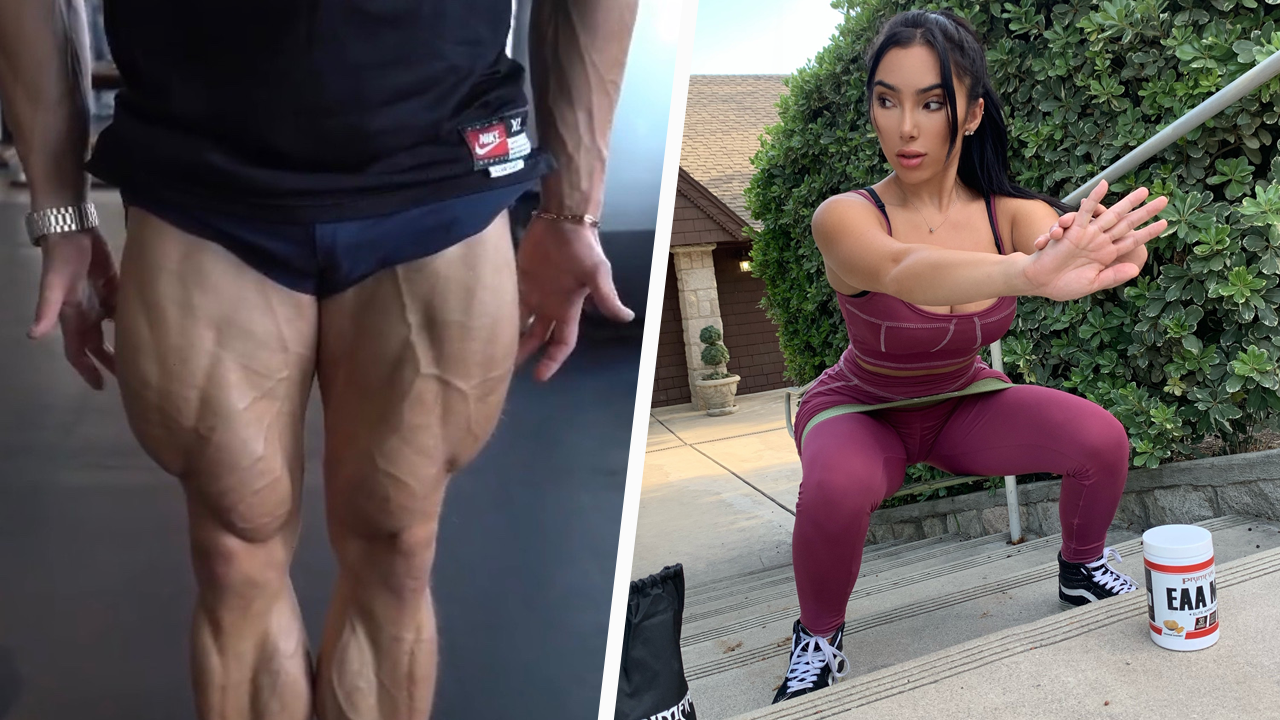






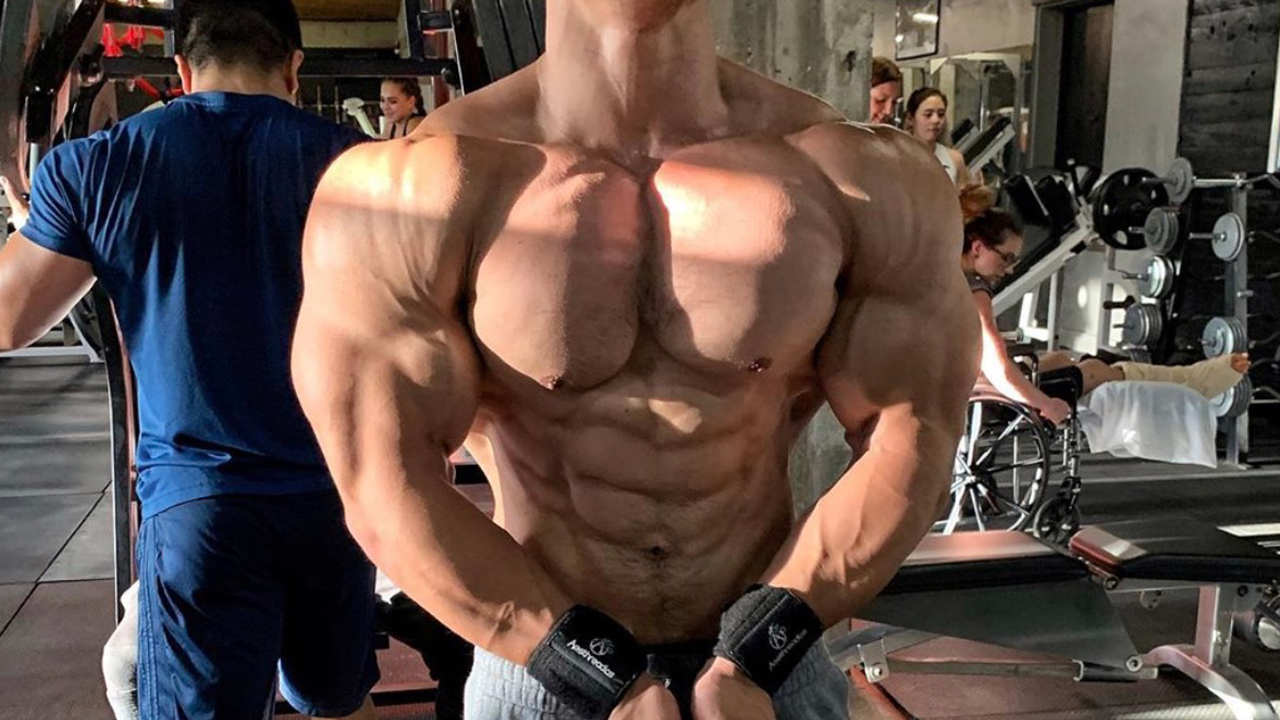
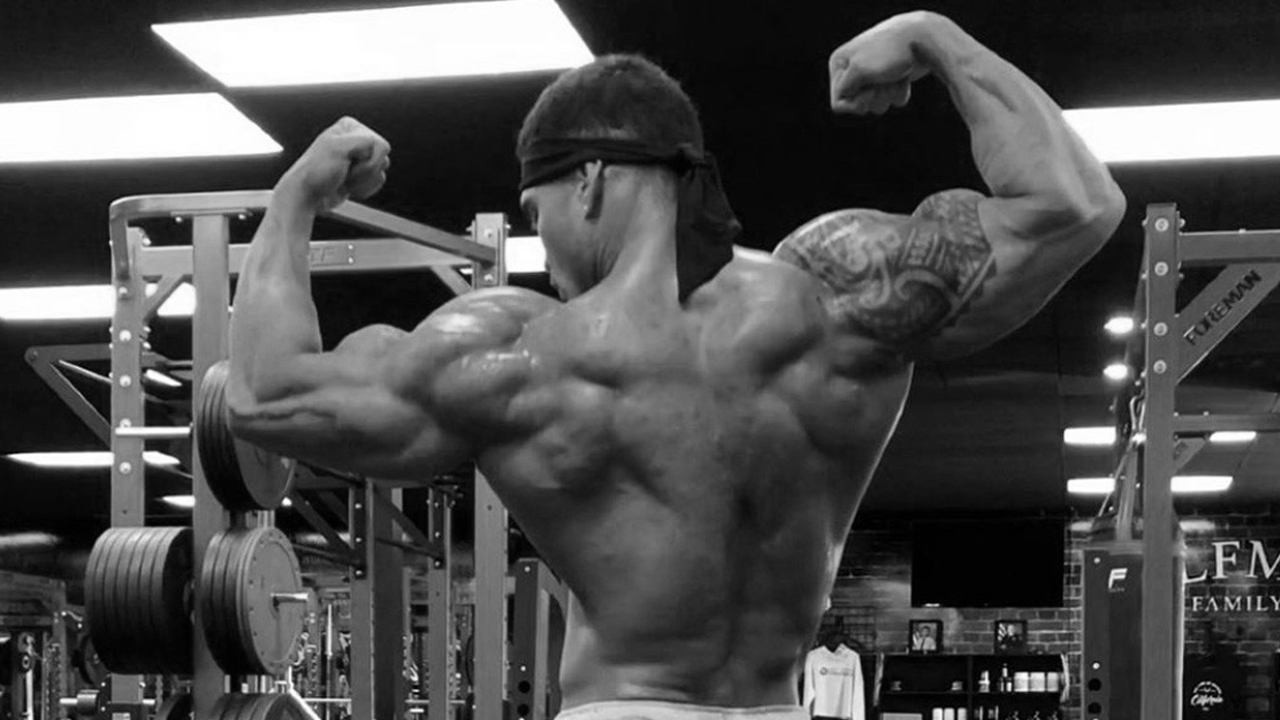
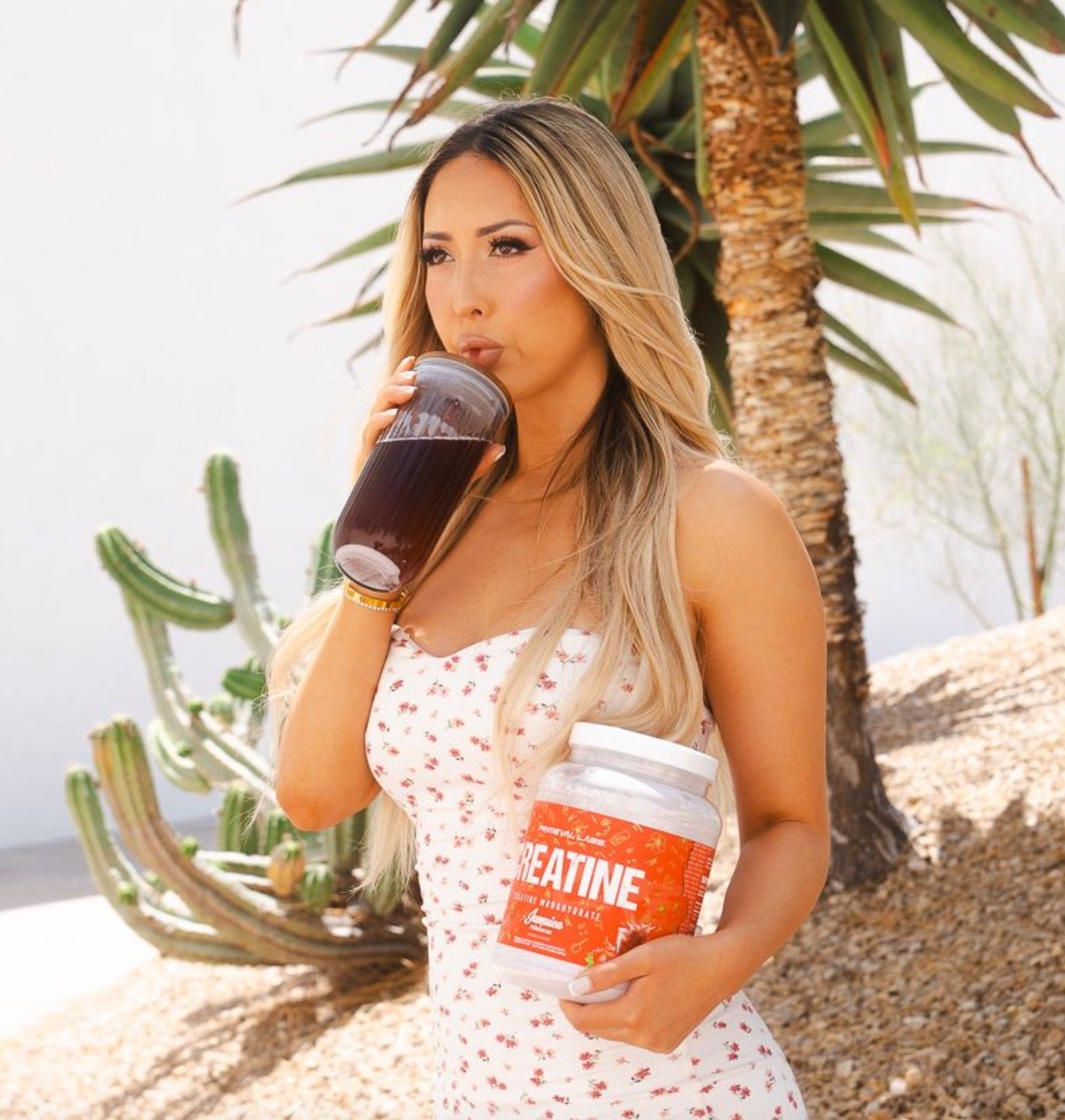
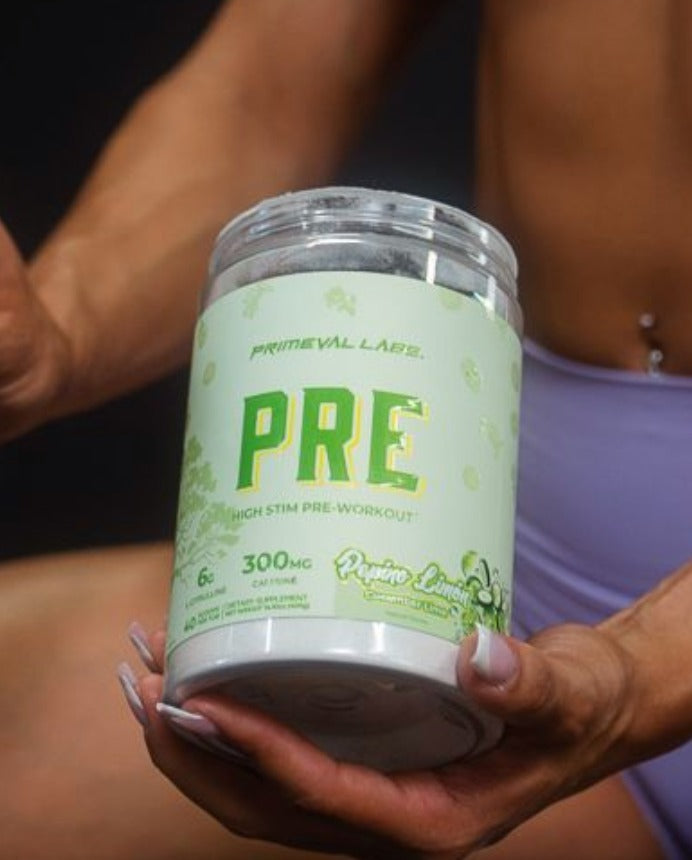
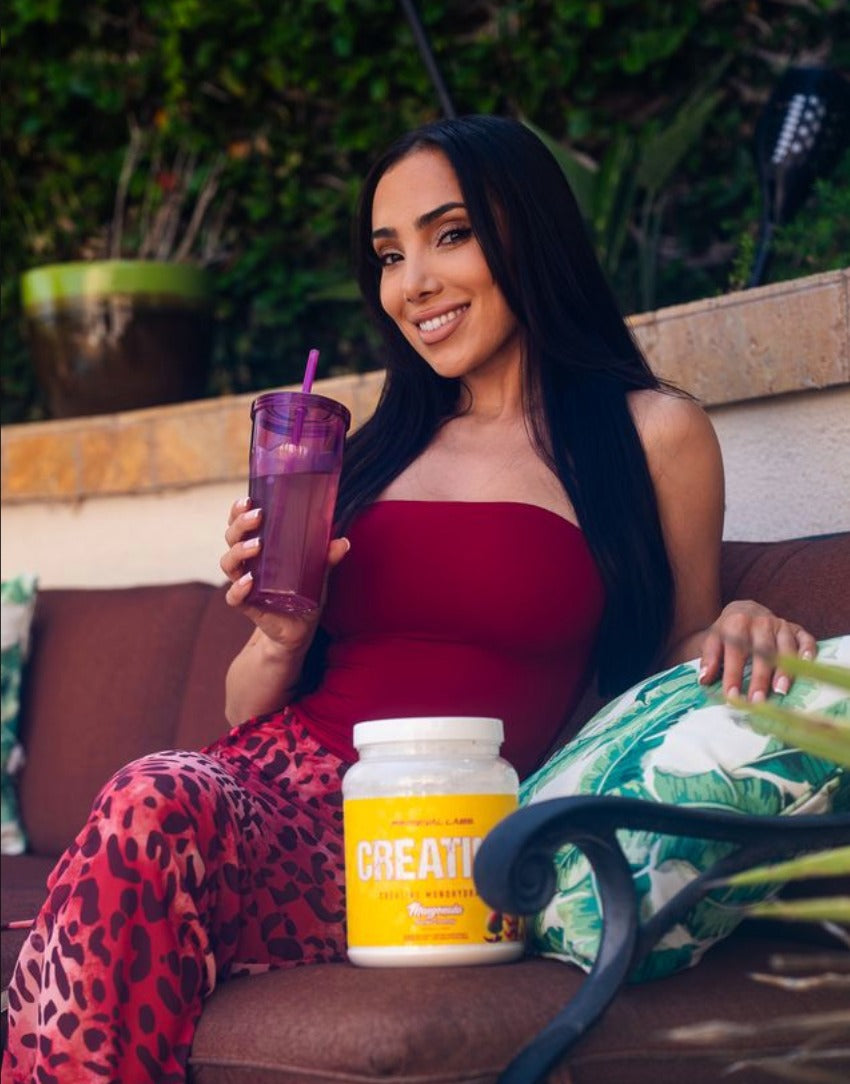
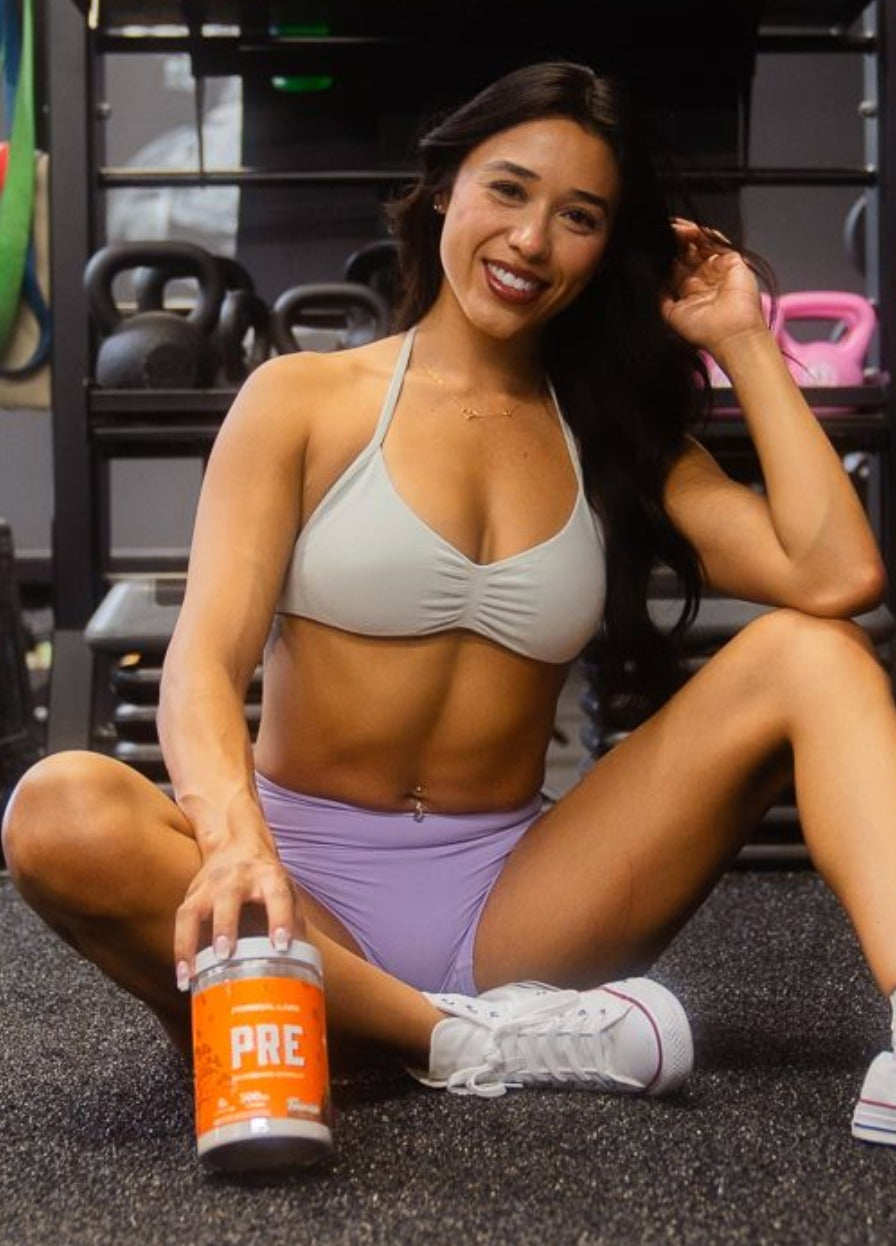
Leave a comment
This site is protected by hCaptcha and the hCaptcha Privacy Policy and Terms of Service apply.